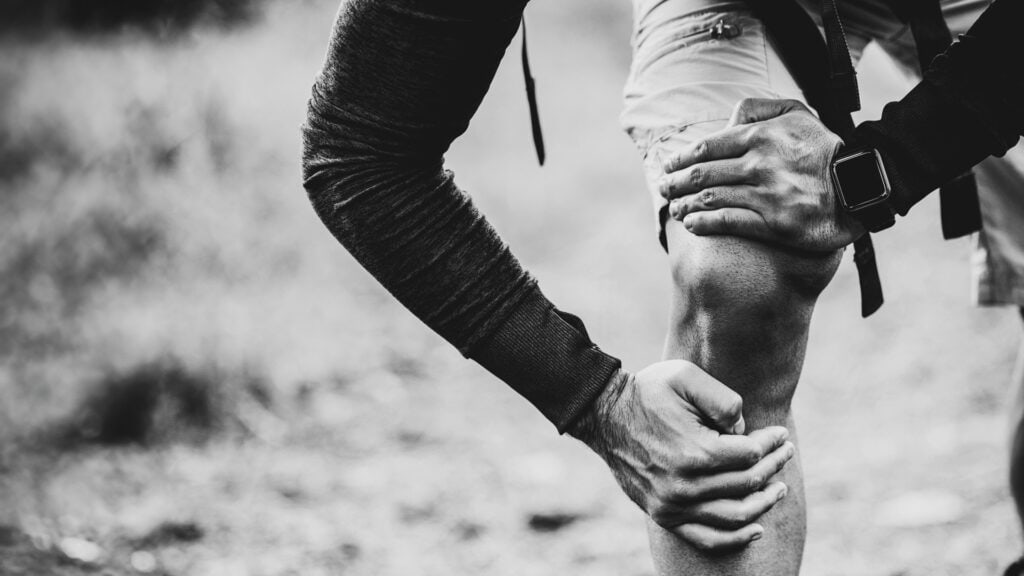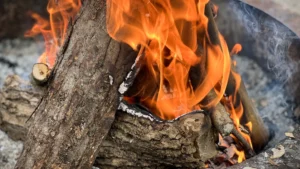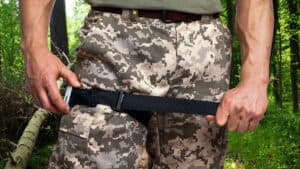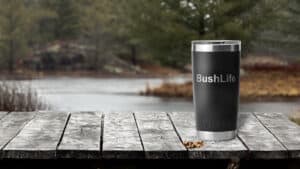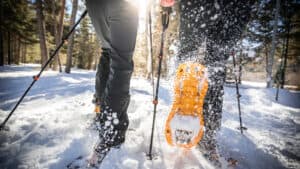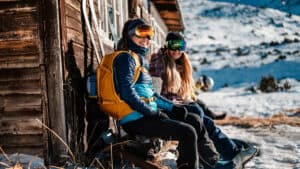Picture this: You are out in the wilderness, surrounded by nature’s beauty, and suddenly a group member gets injured. It’s a situation no one ever wants to find themselves in, but unfortunately, accidents happen. That’s why it’s important to be prepared for any mishap that may come your way. Wilderness first aid is a critical skill to possess, but even the most experienced adventurers can make mistakes when it comes to providing medical assistance in remote locations.
Discloure: Posts may contain affiliate links. Purchases made through our links result in a small commission to us at no charge to you. We only recommend products that meet our brand standards based on testing and first hand use by our authors.
In this article, we will highlight the top 5 wilderness first aid mistakes that you should avoid at all costs. From improper assessment of injuries to using incorrect techniques, these common errors can have serious consequences for both you and the injured party. Learning from these mistakes can potentially save lives and ensure a safer outdoor experience.
Whether you’re a seasoned hiker or a beginner camper, understanding the proper procedures for wilderness first aid is essential. So, join us as we delve into the top 5 wilderness first aid mistakes and learn how to avoid them.
Common Wilderness First Aid Mistakes
Mistake #1: Misdiagnosing Injuries in the Wilderness

One of the most common mistakes people make when providing wilderness first aid is misdiagnosing injuries. Our instinct is to assess the situation quickly and start treating the injured person, which can lead to incorrect or inadequate treatment. For example, assuming a twisted ankle is just a sprain when, in fact, it’s a fracture can cause further damage or delay proper treatment.
To avoid this mistake, it’s essential to prioritize a thorough assessment of the injured individual before beginning treatment. Take the time to observe their symptoms, and ask detailed questions about their pain or discomfort and watch for their reaction. Additionally, pay attention to any changes in their condition over time, as some injuries may worsen or develop complications.
If you are uncertain about the severity of an injury, it’s always better to err on the side of caution. Stabilize the injured person and seek professional medical help if available. Remember, a correct diagnosis is crucial for providing appropriate treatment and preventing further harm.
Mistake #2: Failing to Pack Essential Supplies for Wilderness First Aid
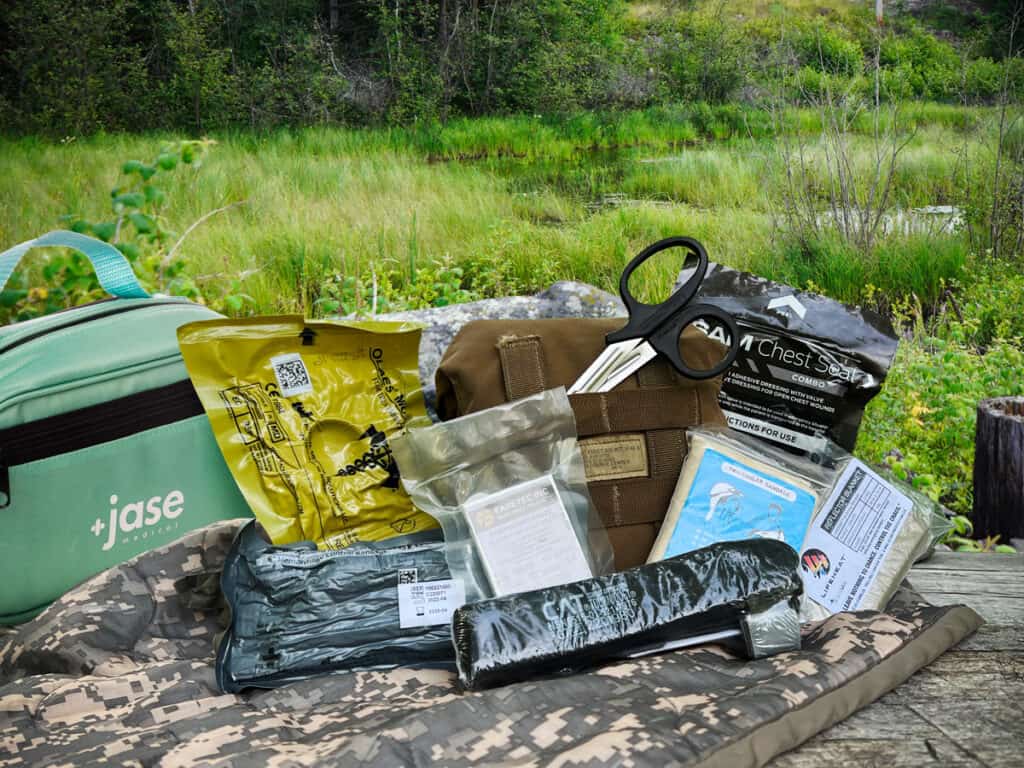
Another common mistake adventurers make is failing to pack essential supplies for wilderness first aid. When exploring remote locations, it’s crucial to have a well-stocked first aid kit that includes the following items:
- Bandages (triangular, roller, adhesive)
- Gauze
- Antiseptics
- Wipes
- Pain Relievers / Antibiotics
- Tourniquet
- Israeli Bandage
- Splinter Pick / Tick Remover
- Safety Pin
- Tape
- Emergency Blanket
- Instant Ice Pack
- First Aid Manual
- Trauma Shears
- Thermometer
- Surgical Gloves
- Flashlight
- Pencil and Waterproof Pad
It’s not enough to intelligently bring these items; you also need to know how to use them effectively. Take the time to learn about proper dosage and application methods to provide the best possible care in an emergency.
Remember that different environments may require specific items, such as snake bite kits or cold weather-related supplies. Tailor your kit to the specific needs of the location and activities you will be engaging in. And remember to regularly check and replenish your supplies to ensure they are clean, in good condition and not expired.
By not packing these essential supplies it can lead to improvisation, which is not always the best option. In a wilderness first aid scenario, improvisation can be dangerous, sometimes even deadly, especially if you do not know what you are doing. Do not rely on makeshift remedies that may only make the situation worse.
*Antibiotic/medication kits can be tricky to put together, especially if you are not familiar with the consequences of your actions. For example, drinking water from an unfiltered source can cause ingestion of contaminants, which may cause vomiting, diarrhea, cramps, fever, etc. Or maybe you forged and ate something you shouldn’t have and now have to deal with food poisoning, or it’s something as simple as hiking/climbing too high, and now you’re struggling with altitude sickness. Whatever the case, if you’re unsure of what is required, Jase Medical can help. They have medical kits for every type of adventure and can customize them to suit your needs. It even comes with a booklet to help guide you through your ailments.
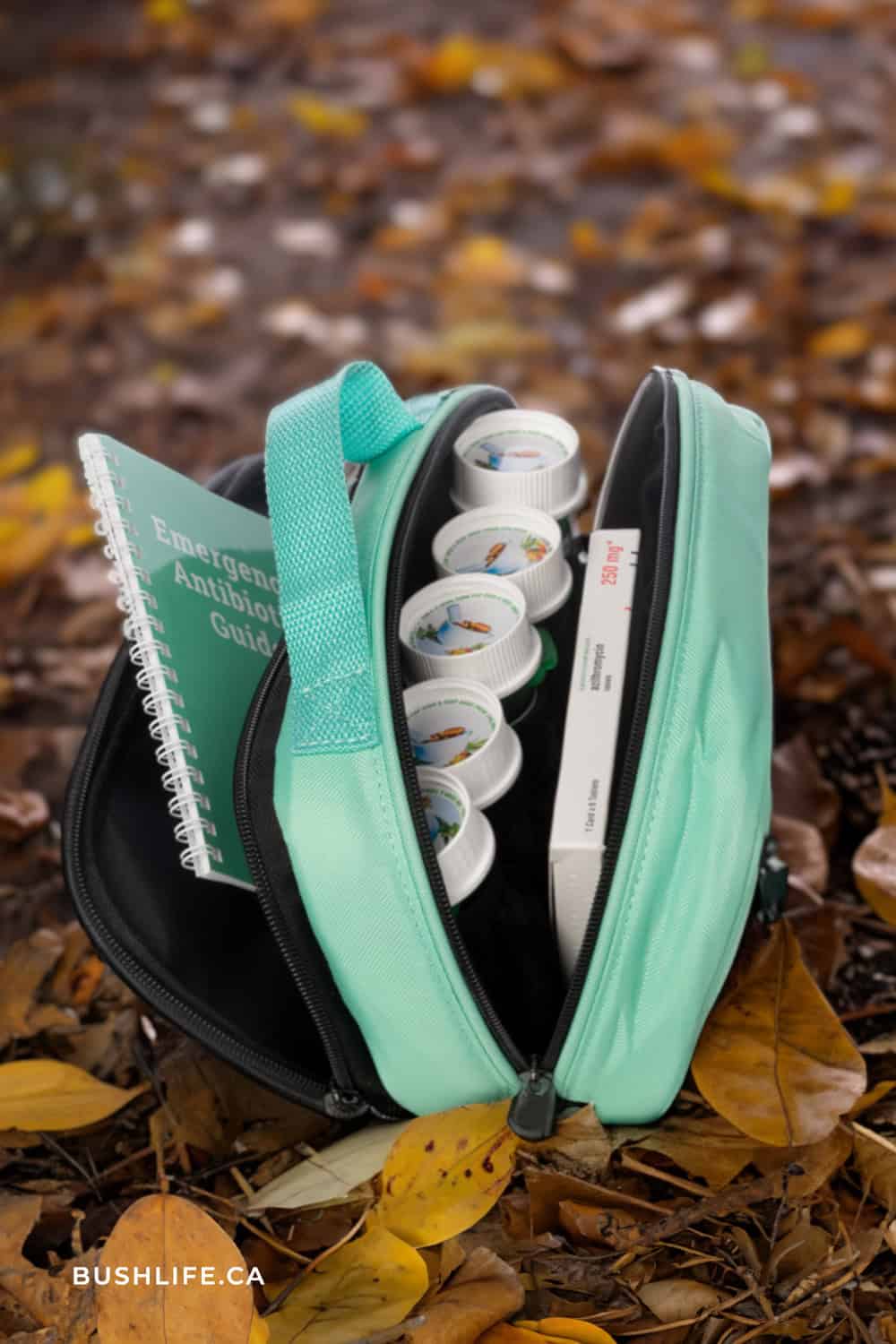
RELATED: Emergency Medical Kit: Surprisingly Life and Death is 9 Items
Mistake #3: Not Properly Cleaning and Dressing Wounds
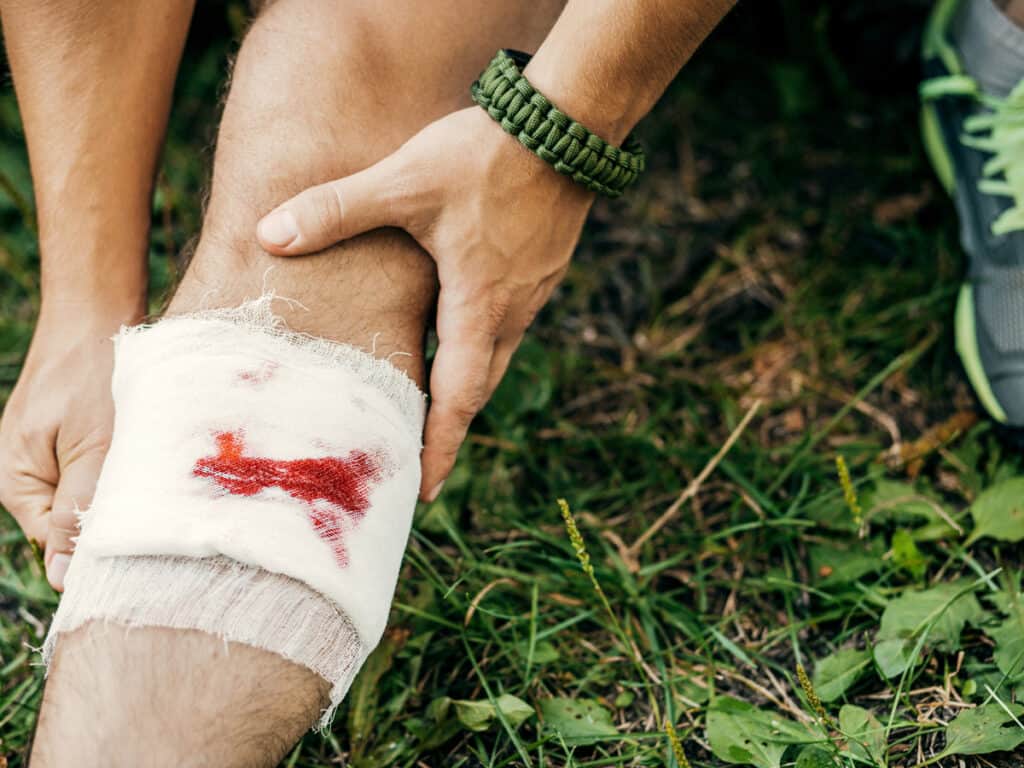
Another overlooked and common mistake is not properly cleaning and dressing a wound. In a remote setting, you are more prone to infection due to exposure to dirt, bacteria, and other contaminants. Failing to clean and dress wounds correctly can lead to complications and impede the process of healing.
When treating a wound, clean it thoroughly with clean water or a mild antiseptic solution. Avoid applying hydrogen peroxide or alcohol – as it can damage healthy tissue and delay healing. Gently remove any debris or foreign objects using sterile tweezers if available. Once the wound is clean, apply a sterile dressing to protect it from further contamination. It’s critical to change the dressing regularly to prevent infections. If the lesion becomes red, swollen, or tender, or if you notice pus, seek medical attention immediately.
Mistake #4: Inadequate Hydration and Nutrition
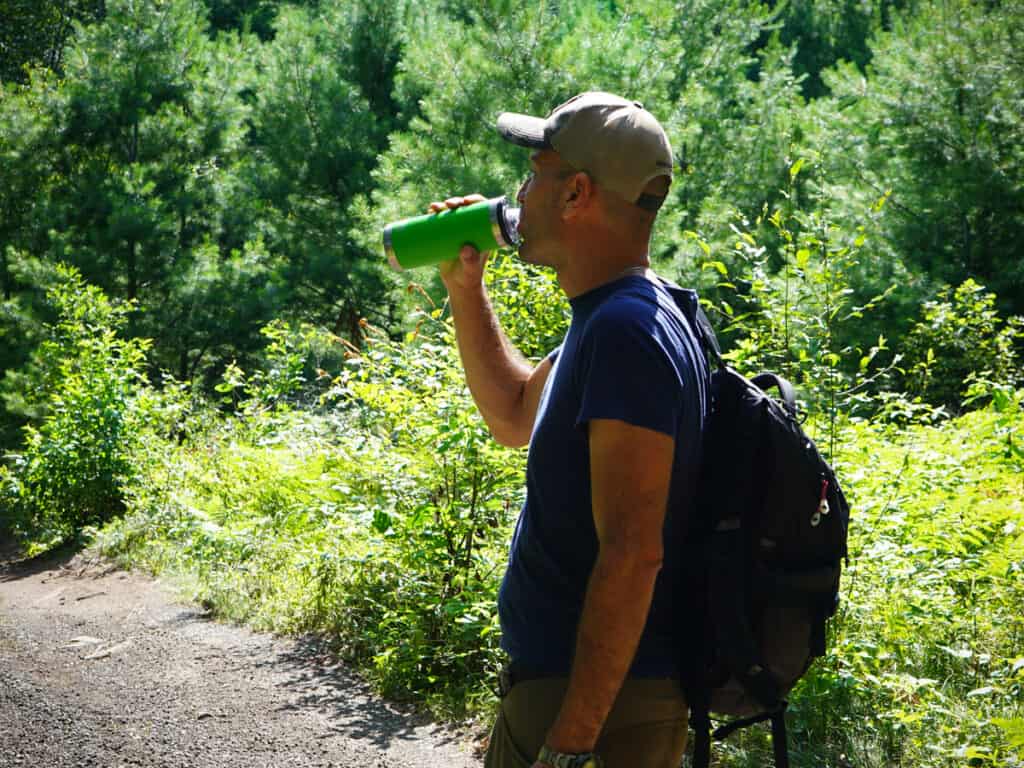
In addition to proper wound care, staying hydrated and nourished in the wilderness is often overlooked. Outdoor activities can be physically demanding, and the lack of good hydration and nutrition can exacerbate injuries and delay recovery. Every year, we hear tragic stories of hikers dying due to a lack of hydration, which does not have to be the case. Always, and I can not stress this enough – bring enough water, purifying tablets or water filters to stay safe!!! Inadequate hydration and nutrition can lead to fatigue, muscle weakness, and other health issues that impede your ability to provide first aid effectively.
RELATED: Techniques to Make Safe Drinking Water in the Bush
Hydration
Dehydration is quite common in the wilderness due to hot and dry conditions, physical exertion and so on. Even if you don’t feel thirsty, make sure that you drink water or electrolyte-rich fluids regularly. As a precaution, pack a water filtration system or purification tablets along with energy powder sachets. Remember to bring enough water for your entire trip and plan for extra for emergencies. Not only will this save your life, but it will also buy you time should an unexpected circumstance occur.
Nutrition
As with hydration, proper nutrition is also essential. Always bring enough food for the entire trip and consider taking extra for emergencies. High-protein snacks such as nuts, jerky, and energy bars can provide quick and easy sustenance. Try to prioritize non-perishable foods that supply a balance of carbohydrates, proteins, and fats. Avoid consuming too much sugar, as it can lead to a temporary energy boost followed by a crash.
Remember, adequate hydration and nutrition are essential for the body’s natural healing processes, especially when performing wilderness first aid.
RELATED: What is an MRE? Simple Ways to Pack Food
Mistake #5: Lacking Training and Knowledge in Wilderness First Aid
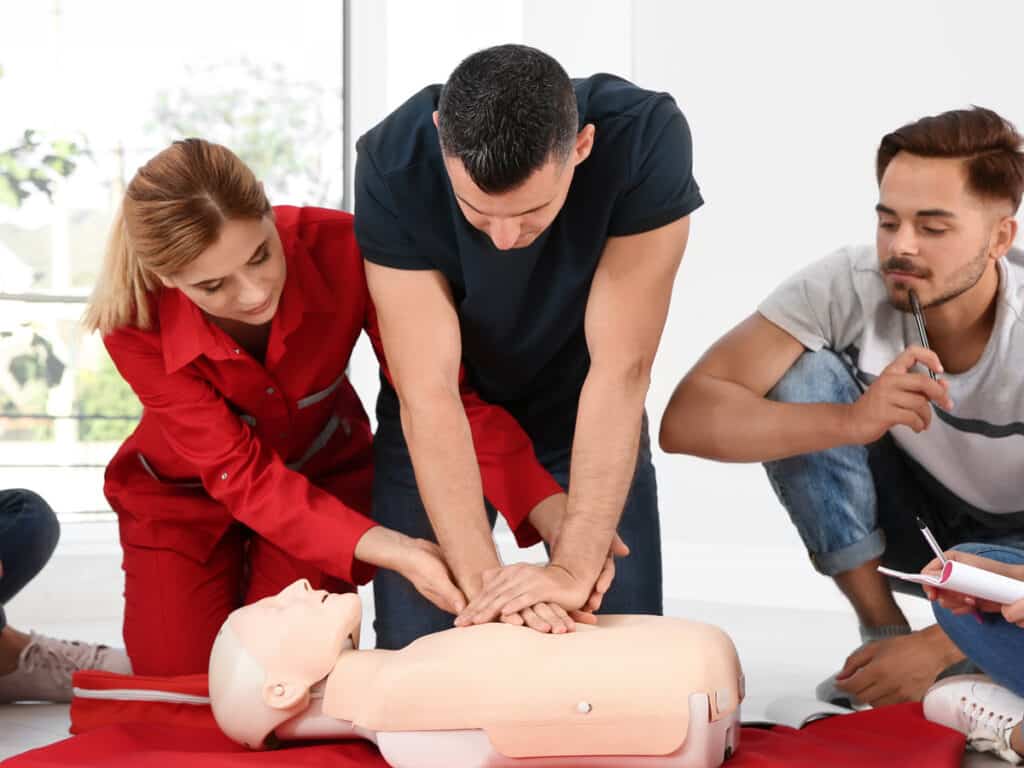
Another crucial factor in providing efficient wilderness first aid is having adequate training and knowledge. Knowing how to navigate and treat common outdoor injuries such as cuts, burns, and insect bites, as well as dealing with more severe emergencies such as broken bones, hypothermia, and dehydration, can make a significant difference in the outcome of a situation. If you are an avid outdoor enthusiast, it is essential to have specialized wilderness first aid training.
Concentrated first-aid training courses are a worthwhile investment. Not only will you learn the basics, but you will also have the knowledge to handle emergencies properly and mitigate the impact of injuries until help arrives. Visit the Canadian Red Cross for training courses in wilderness first aid.
Additionally, wilderness first aid training teaches you how to improvise with the resources available in the wild, such as using natural materials for splints or understanding how to purify water. These skills can be lifesaving when professional medical assistance is hours away.
Resources for Learning More about Wilderness First Aid
To further enhance your understanding of wilderness first aid, there are several resources available that can provide valuable information and guidance. Here are a few recommended resources:
1. Books: “Wilderness Medicine” by Paul S. Auerbach and “Medicine for the Outdoors” by Paul S. Auerbach are highly regarded references in wilderness medicine.
2. Online Courses: Websites such as the Wilderness Medical Society (WMS) and the National Outdoor Leadership School (NOLS) offer online courses and certifications in wilderness first aid.
3. Local Organizations: Check with local outdoor clubs and hiking groups, or search for wilderness first aid workshops and training offered in your area.
Continuous learning and staying up-to-date with the latest practices and techniques are essential for wilderness first aid.
Conclusion
In conclusion, the wilderness can be unpredictable and challenging, but with adequate preparation and knowledge, you can avoid the top 5 wilderness first aid mistakes. Remember to carefully assess injuries, pack essential supplies, properly clean and dress wounds, stay hydrated and nourished, and educate yourself on potential dangers. With these tips in mind, you can confidently explore the great outdoors and enjoy all the beauty the outdoors has to offer. Stay safe, stay prepared, and enjoy your adventure!
Please share this post with another outdoor enthusiast. It might just save their life one day.
Bookmark this post on Pinterest for future reference!


